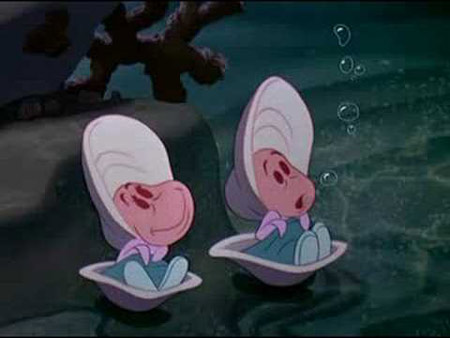Edna Lewis’s panfried oysters.
Home cooks tend to fear the frying deep in a pool of molten fat. If you do not have one of the enclosed deep-fryers with a thermostatic control and like fried oysters then this is a recipe for you. The lard, as indicated by the Notes, is important. An oyster fry for four.

- 4 beaten eggs
- 1 teaspoon salt
- cayenne
- 2 Tablespoons peanut oil
- 2 cups plain (that is, unsalted) cracker meal (see the Notes)
- 1 quart drained oysters
- about ½ cup LARD
- Mix together the egg, salt, cayenne and oil.
- Spread half of the cracker meal on one baking sheet covered with parchment or silicone paper and the other half on another..
- Dip each oyster in the eggwash and place it on the meal, then turn each oyster and place the unbreaded side on the second sheet of meal.
- Let the oysters stand while you heat the lard in a heavy skillet over medium high heat until it begins to smoke, then fry the oysters without crowding them until they turn golden, usually after about two minutes per side.
- Drain the oysters on paper toweling and serve them hot.
Notes:
-Neither the peanut oil nor the lard are southern affectations. They work for hot frying because they have such high burning points.
-For the cracker meal, use either unsalted ‘saltines’ (despite the apparent oxymoron they do exist and are not so hard to find) or panko.
-Miss Lewis omits the cayenne, but fried oysters were hawked on London streets at least early as the seventeenth century and cayenne has been an English constant for centuries.
-A sign in the window of many New Orleans restaurants that fry oysters traditionally will indicate that they use lard. It is a boast, not a warning. They know how to fry an oyster in New Orleans.

